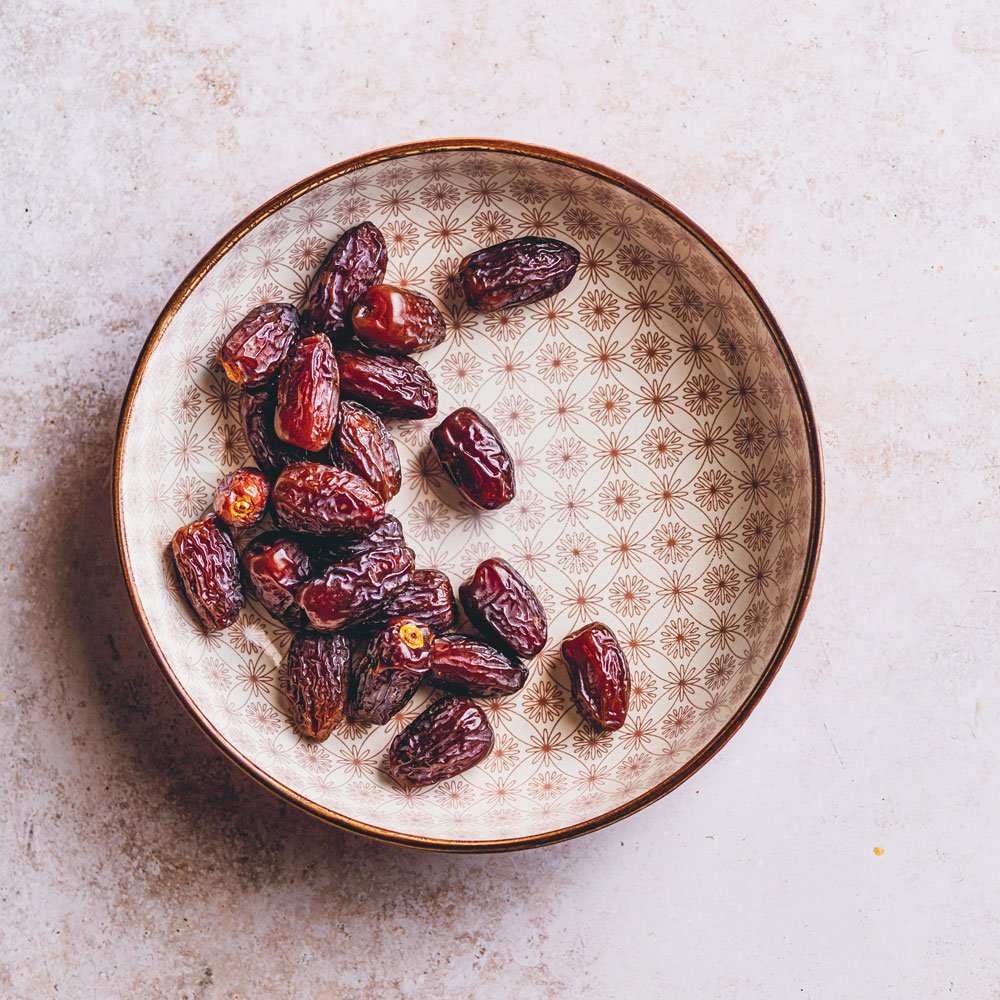A look at the latest food trends, sought-after ingredients and gourmet pet food
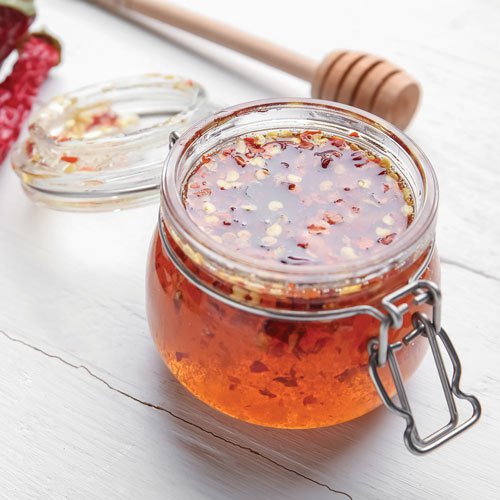
1 – SWICY FOOD
Umami, that formerly obscure ‘fifth taste’, has been thoroughly demystified after a few years of fashionable overexposure in modern Asian cuisine. If you’re looking for a newly popular flavour profile to broaden your palate, consider the sweet and spicy combination exemplified by the likes of chocolate and honey infused with chilli flakes or powders. South Korean cuisine specialised in ‘swicy’ long before this gimmicky hybrid term was ever coined for it, and optimal marinades for dishes like fire chicken tend to blend a searingly peppery base sauce with a fruity, sugary glaze.
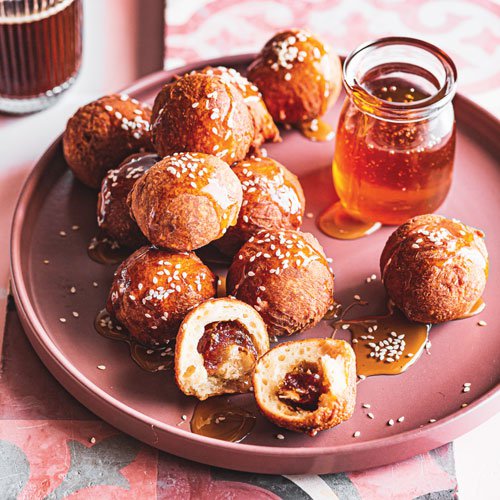
2 – DATES
Food trends can evidently turn in circles that go right back to the dawn of civilization. Having been first cultivated in the “fertile crescent” circa 4000 BC, dates remain a versatile staple of Middle Eastern cooking even as they are now being rediscovered and repurposed around the world as a natural plant-based sweetener. Their caramel-like taste and chewy texture have made them a prime ingredient of many snacks and energy bars coming onto the whole food market lately, as well as a healthier alternative to refined sugars in condiments like syrup and ketchup.

3 – UBE
Also known as the African pear, the ube is a purple yam that actually originates in the Philippines, where it’s often mixed with meat hash but also makes a popular dessert ingredient. Bakers and pastry chefs far beyond those islands have been taking an active interest lately, using ube to make bread puddings, crème brûlées, ice creams and cookies. The fruit is considered hypoallergenic and is packed with calcium, soluble fibres and healthy fats, while that vivid purple colour tends to catch the eye when it comes to presenting recipes on Instagram and TikTok.
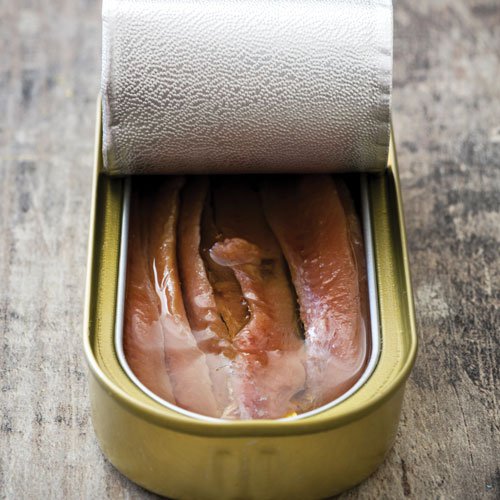
4 – TINNED FISH
In much of the world, tinned seafood basically means supermarket tuna. The Spanish and Portuguese, however, have long since mastered the particular culinary art form of canning premium-grade fish as gourmet comestibles to be eaten at home or in taverns where they’re often served as enlataces (food in cans) straight from the tin. Only lately is this catching on beyond the Iberian Peninsula, as the trendier gastro bars, bistros and food trucks take to using canned anchovies, mackerel or sardines as pizza toppings, taco fillings and core ingredients for pâté and terrine.

5 – KELP
At this point, kelp has thoroughly displaced kale as the deep green superfood of the moment. While we begin to worry about climate-related failures of land-based vegetable crops, here comes this naturally abundant source of nutrition from the sea, which requires no fertiliser to cultivate or freshwater to process, actively absorbing carbon and removing the agents that cause algae blooms. Rich in fibre, iodine and magnesium, it also contains much more calcium than milk and more vitamin C than orange juice. Kelp noodles are common across Asia and spreading to other markets, but this versatile seaweed is also becoming a viable snack when dried into crisps and an alternative to wheat in making eco-friendly, gluten-free new forms of pasta.

6 – CONVENIENCE
If sustainability has been the urgent concern behind recent changes in cooking and dining, convenience is also key these days, according to the Speciality Food Association (SFA). Denise Purcell of the SFA’s resource development team said recently: “Consumers are looking to make meal prep easy and exciting and that is driving many of this year’s trends.” Again, the shift to home cooking necessitated by the pandemic has lingered as something of a new paradigm. We are now deep into the era of meal kits, with top chefs, restaurants and recipe writers assembling their own for easy use. This is also driving innovations in packaging designs that help make those take-home foods more portable, while cutting down the potential for mess and waste.

7 – BETTER PET FOODS
Where human food leads, pet food often follows. It took a little longer for cat and dog owners to adopt some of the same principles that they now apply to their own habits, but they’re definitely getting there. Petfood Industry magazine reports that terms like ‘plant-based’ and ‘climate-conscious’ now have enough traction to make leading bands like Purina develop sustainable wet foods in recyclable pouches. Manufacturers can no longer dress up glorified factory scrapings with vague nutritional verbiage, as owners also want foods that actively improve their pets’ immune systems, boost bone and muscle health, and help prevent disorders like diabetes. The word ‘gourmet’ has more weight in the industry now, too. Pet-friendly equivalents of human delicacies now range from frozen popsicles to meat
and fish tacos, while British chef Simon Rimmer has developed a dish for cats called Chat Délices, which contains lobster sushi and beluga caviar.
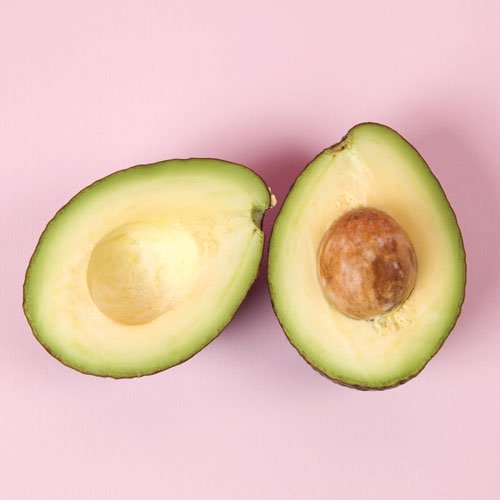
8 – AVOCADO OIL
Cooking with traditional vegetable oils has become terribly uncool in recent years. Alternative
contenders range from peanut to canola to coconut, but MarketWatch has identified avocado oil as having the biggest growth potential in 2023. Its nourishing, moisturising and lubricating properties have made it increasingly essential to the cosmetics industry, but as an edible extra virgin oil it also makes a healthy substitute to heavier plant-derived extracts. It’s got a light, neutral flavour when drizzled over salad and, critically for frying, a notably high smoke point.
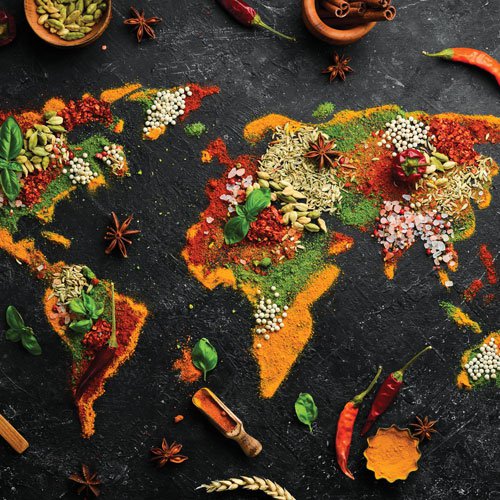
9 – CURRY
The American trend forecasters at WGSN recently issued a consumer report that identified curry in particular as appealing to those looking for “warm, comforting flavours, and yet demanding newness”. Which is to say, for every regional variety of curry that may well be familiar to culinary natives, there’s another to be discovered from some other culture and tradition. From Japan to Nepal and Delhi to Durban, many nations have their own recipes to throw in the increasingly globalised pot. The ongoing surge in interest has been partly ascribed to our post-pandemic era, where many tried this ideal takeout food for the first time during lockdown conditions and have since come to discover the pleasures of trying to make their own at home.
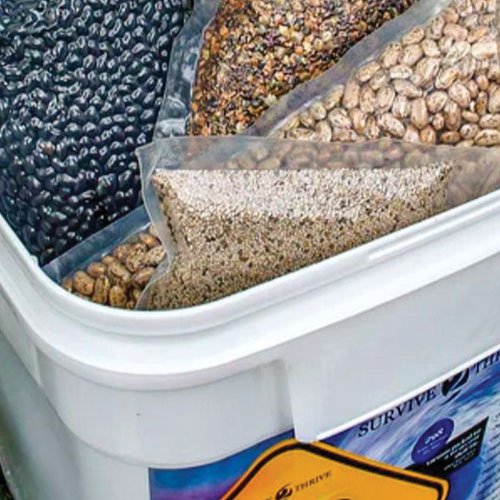
10 – DISASTER-PROOF DINING
Chaotic instances of extreme weather through 2022, from polar vortexes to heat domes, will put additional onus for the coming year on foods that help consumers withstand those sudden temperature spikes and plunges. Consumer relations experts Mintel have identified a growing market for emergency provisions that deliver energy-efficient nutrition in the midst of floods or droughts, as well as more niche items like food and drink enriched with ingredients that help repair UV-damaged skin. At the hardcore end of the spectrum, brands like EnerHealth Botanicals and Legacy Premium now make survival kits with long shelf-lives that extend to organic, gluten-free dried pasta, fruits and desserts – dehydrated food has come a long way, taste-wise, since those early missions to the moon.
